 |
| Sorry for the poor quality of the photo. Watch the video here. |
Visiting a friend during the weekend, he was excited to show me this clip from a March episode of the longtime PBS series Antiques Roadshow that featured this amazing custom-made table decorated with Masonic symbols. (Turns out this was filmed at an event last year, on May 13, 2019.) You’ll see at the corners of the chess board an apron with the Square and Compasses, the Scimitar and Crescent, the Keystone, and the KT Crown and Cross. Freemasonry runs in the owner’s family.
Masonic things come up occasionally on the program. I remember the first item I ever saw was one of those early 20th century pocket watches. I think the appraiser put its value at a thousand bucks. This time, the subject is a singular work of amazing craftsmanship. Stunning.
Click here to see the video. The producers lavished nearly four minutes on this segment.
Please read the transcript of the interview below to revisit the historical details of the table according to its owner, and take due notice of how appraiser Brian Witherell assesses its worldly value—just in case your lodge has something similar laying about.
GUEST:
This table was made in 1900 by prisoners at the City of St. Louis Workhouse. My great-great-grandfather was the warden. And this was, according to family history, made as a gift for him. I know that his wife was the matron. They were there for some time. I don't know exactly how long that they were actually part of the, of the workhouse down there, but, um, it, it did seem, it's always been said it was a gift. It was presented as a gift to my great-great-grandfather.
APPRAISER:
I think you just have to assume that just because it's so finely crafted.
GUEST:
Yes.
APPRAISER:
It's almost customized for him, right?
GUEST:
Exactly. My great-great-grandfather and my family are Masons. It's got some Masonic symbols on it. They're Shriners. There's a Shrine symbol on it, as well. The thing I find most interesting is, it's 32 inches tall, 32 inches deep, and 32 inches wide. And in the Mason's world, 32nd Degree is the number you want to achieve.
APPRAISER:
Fascinating. So it's a parquetry table. So parquetry is, differs from marquetry in the sense that it's geometric forms that are inlaid in wood.
GUEST:
Okay.
APPRAISER:
The date is 1900, which is very visible because on the top, we can see where the one, nine, zero, zero for 1900. This undulating scallop top, fan forms on the edge, parquetry band with the games table in the middle, with the fraternal symbols in each corner. Beautiful, colorful bright table. Oak, walnut, mahogany, and there might be some rosewood in here, as well.
GUEST:
Okay.
APPRAISER:
Rosewood can come into play if it was ever going to be sold, which I doubt it will be, if it was ever sold internationally. It's not a problem to sell locally.
GUEST:
Okay.
APPRAISER:
If we move down the table, we can see these great, big, meaty legs that taper down into a very small hoof foot in the... A goat we think it'd be modeled after, a goat?
GUEST:
Yeah. That's, that's the thinking.
APPRAISER:
These beautiful acorns, and, again, a parquetry joint there, with the hearts coming down. Prison woodworking was a very popular thing in the 19th and early 20th century.
GUEST:
Okay.
APPRAISER:
For the logical reason that it taught people a trade.
GUEST:
Right.
APPRAISER:
But it also kept them occupied and it gave them self-worth.
GUEST:
True.
APPRAISER:
And unlike either commissioned furniture or production furniture, there was really no time limits, right?
GUEST:
Right.
APPRAISER:
I mean, they had nothing but time. So in here, you have an endeavor for perfection. And you can really see how this is finished almost perfectly from top to bottom. I've never seen anything quite as elaborate as this, you know? You will see simple examples, but nothing as complex as this one. Have you ever had it appraised?
GUEST:
I have not. It's been in the family. I'm the fifth generation. Hopefully my son will become the sixth generation eventually, at some point in time, much further on down the road. My father did up a note that keeps with the table with some census information that we keep with it. And he said if somebody at some point in time sold it, it might be as worth as much as $15,000. But it's never been professionally appraised. It's never really been out of the house.
APPRAISER:
Okay.
GUEST:
Except between moves, before it came here today.
APPRAISER:
Well, it's a one-of-one, you know.
GUEST:
Yeah.
APPRAISER:
So it's, we're kind of making a guesstimate.
GUEST:
Right.
APPRAISER:
Based on what we think comparable sales for such material is. Parquetry tables, despite all the worksmanship that goes into them, generally don't bring a lot of money. At auction, we would estimate this at $2,000 to $3,000. If you were going to insure it, probably double that.
GUEST:
Okay, right.
APPRAISER:
$5,000. It certainly wouldn't be an easy thing to replace.
GUEST:
Exactly. It's part of our family.
APPRAISER:
Yeah.
GUEST:
And it makes it special for me.
APPRAISER:
What a nice heirloom to share and pass down.
GUEST:
Very much.
APPRAISER:
Thank you for sharing it with our family.
GUEST:
Thank you very much.






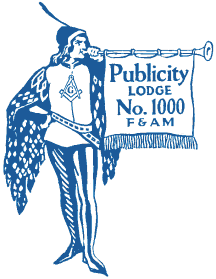

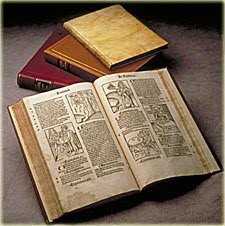


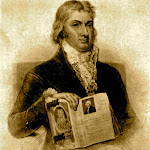




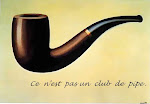
















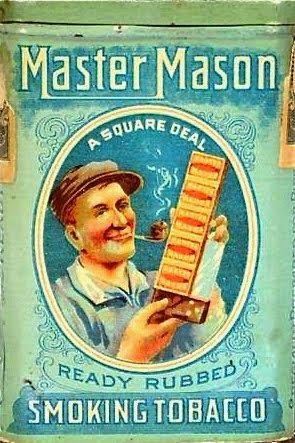




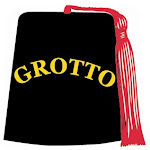








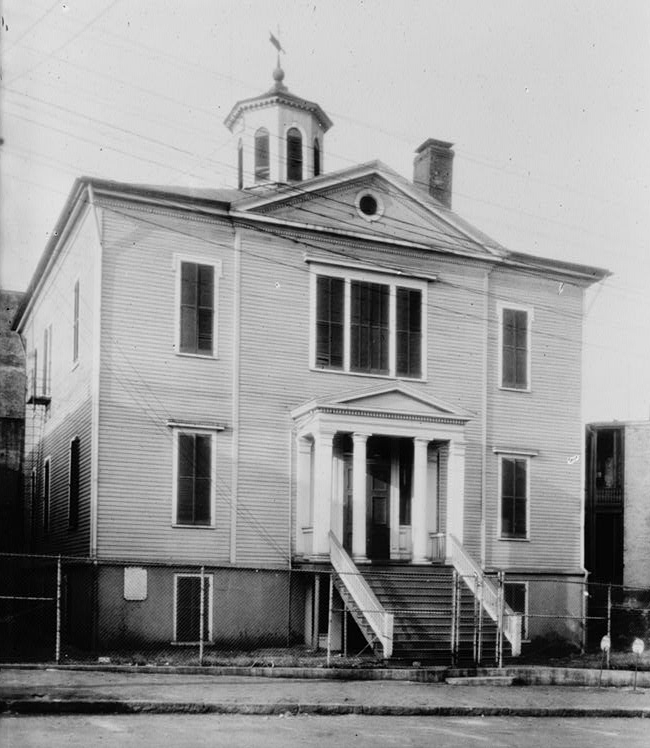
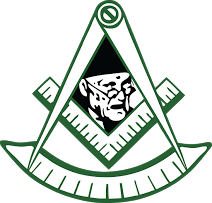
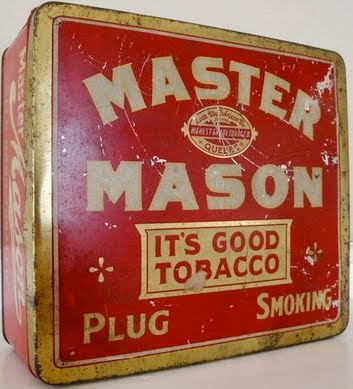





No comments:
Post a Comment